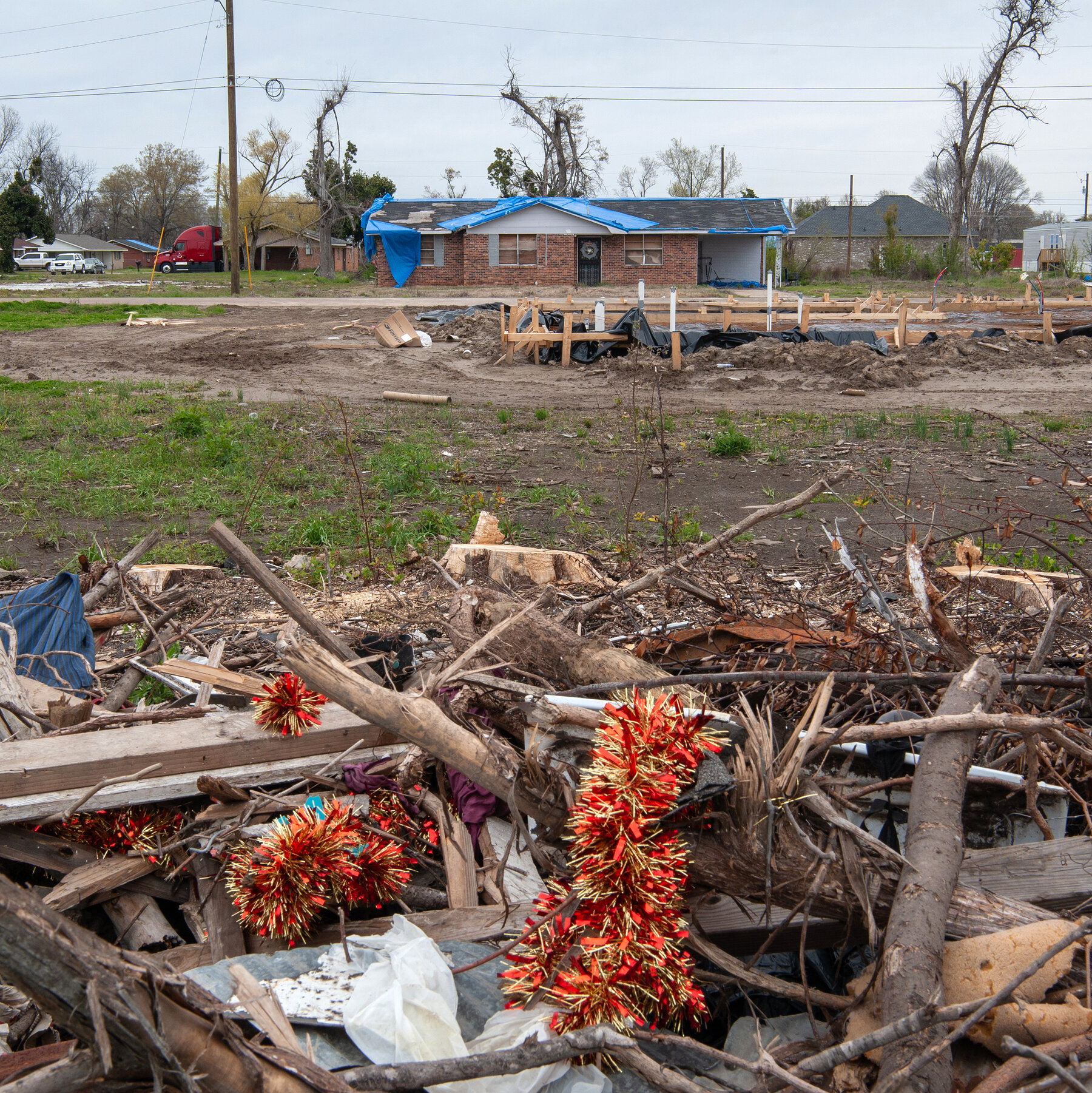Hydropower Faces Growing Reliability Challenges Amid Rising Energy Demand
Why the World’s Oldest Clean‑Energy Source Is Struggling
Global electricity demand is surging faster than ever, yet one of the most established renewable resources—hydropower—is encountering unprecedented hurdles. Climate‑driven extremes such as prolonged droughts, unexpected floods, and erratic seasonal patterns are disrupting the steady flow of water that hydro plants depend on.
Climate Change Alters the Water Cycle
Warmer temperatures are reshaping precipitation patterns worldwide. In many river basins, snowpack is melting earlier and rain is falling in more intense, short bursts. The result is a double blow: reduced water availability during the dry season and sudden, overwhelming inflows that can force dams to release water prematurely, damaging infrastructure and limiting power generation.
Economic and Energy‑Security Implications
When reservoirs run low, hydroelectric output drops, forcing utilities to turn to costlier and often carbon‑intensive alternatives such as natural‑gas peaker plants. This not only raises electricity prices for consumers but also undermines efforts to meet net‑zero targets.
Adapting to a More Variable Future
To preserve the role of hydropower in the energy mix, operators are exploring several strategies:
- Modernizing dam management with real‑time forecasting and automated release systems.
- Integrating energy storage technologies, such as pumped‑storage and batteries, to balance supply when water flow is unpredictable.
- Investing in small‑scale and run‑of‑river projects that are less vulnerable to large reservoir fluctuations.
Looking Ahead
While hydropower remains a cornerstone of clean energy, its reliability cannot be taken for granted in a warming world. Policymakers, engineers, and investors must collaborate to reinforce existing infrastructure and adopt innovative solutions, ensuring that this century‑old technology can continue to power the future sustainably.





